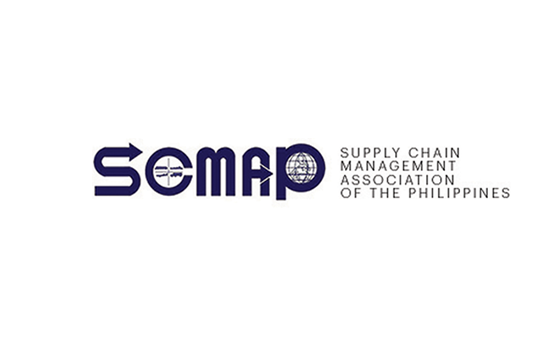If you had taken part in SCMAP’s events from, say, six years ago, you might remember Carla Sanchez, the friendly, indefatigable presence at our secretariat.
It’s been several years since she and her family left the Philippines and moved to California. With the global rollout of the COVID-19 vaccine on top of our minds—and with news that the United States has made such progress in its inoculation drive that it might achieve herd immunity by July—I decided to catch up with her to ask how it’s actually going where she is.
When we talked earlier this week, she still had to get vaccinated, although US President Joe Biden recently announced that all adults would be eligible for the vaccine by April 19—two weeks ahead of schedule. It’s a testament to how they have kept up the pace of inoculation, having finished administering doses to priority groups, particularly medical frontliners and the elderly.
“At the start they were doing mass vaccinations for [priority groups] in big places like Disneyland and some college campuses,” Carla told me. “Lately they opened up administering in pharmacies.”
In some cases, health workers even go straight to the homes of those receiving the shot, as in the case of her mother.
So how does one know if they’re eligible for the vaccine? Carla tells me one would check their local government’s website, and sign up for an appointment once qualified. I imagine this would pick up pace once all adults are now allowed to take their shots. And again, this is not just one jab, but two.
Vaccine rollout, Philippine style
I have been thinking of how the Philippines has been rolling out its vaccines. As of this writing, the Department of Health has administered over 920,000 doses, with roughly 22,000 people on average getting shots. Still not fast enough considering their year-end target and the maths we did in our last column, but at least it is picking up pace, somewhat.
Working in the government’s favor is the fact that we’re still giving shots to frontliners and, in some jurisdictions, the elderly and those with comorbidities. The pool is smaller and identified early on. The challenge is when vaccinations are opened to the general public. Even if you factor out those who will receive jabs through their employers, majority of Filipinos will still receive their shots through the government. If we’re to do this fast enough, current facilities—physical sites and, in some cases, mobile sites, like what the Marikina government is doing for its seniors—will not be enough.
Perhaps the government can adopt a model similar to that employed by e-commerce platforms and last mile logistics providers. The similarities are there: If you shop online you expect your order to arrive on time and at your doorstep, and the stores exert every effort to ensure this.
Sure, having health workers go door-to-door may not be practical. However, another distribution model, “click and collect,” may be ideal. Say, I book an appointment and I select where and when I can get it. Vaccination sites will not be limited to one central facility per barangay or city. Perhaps the government can partner with retailers—supermarkets, convenience stores, drugstores—to provide a safe facility for inoculation, much like what’s happening in parts of the United States?
Anyone would tell you that these stores are now everywhere, more so than a decade ago. Convenience store chains are aggressively expanding. Grocery chains have launched new micro-formats (think the likes of Alfamart and EasyMart) to super-serve communities not just in urban areas but in more far-flung ones as well. Utilizing these sites may be key to allow us to inoculate every Filipino as soon as possible. For example, SM has talked up its partnership with the local governments that host them, allowing their malls to be used as vaccination centers.
But of course, having many vaccination sites is not enough. What makes e-commerce models effective is how they manage their inventory (of which there is enough in most cases), embracing technology to allow them to serve their customers. Adopting (or adapting) these models entails using systems that allow for greater visibility of the vaccines from the hub to the arm. It also needs capacity, not just in physical facilities, but also in the form of qualified personnel who will administer the shot, as well as transporters who will ferry doses to vaccination sites (and back to the hubs, if some end up unused and reallocated).
Perhaps more importantly, there must be ample supply of vaccines for this model to work. The United States is able to vaccinate everyone quickly because it has secured millions of doses early on; it helps that some are produced within their borders. (Perhaps the same is the case with India, recognized as having the fastest vaccine rollout in the world.) We don’t have that luxury—even e-commerce operators would tell you they’re having capacity and capability issues, particularly during peak periods—so understandably we have to allocate and prioritize. Still, we hope the government analyzes what works elsewhere, and utilizes the resources that are available. The target it has set for itself is daunting, but with a little imagination, we just might be able to do it.
Henrik Batallones is the marketing and communications director of SCMAP, and editor-in-chief of its official publication, Supply Chain Philippines. More information about SCMAP is available at scmap.org.





